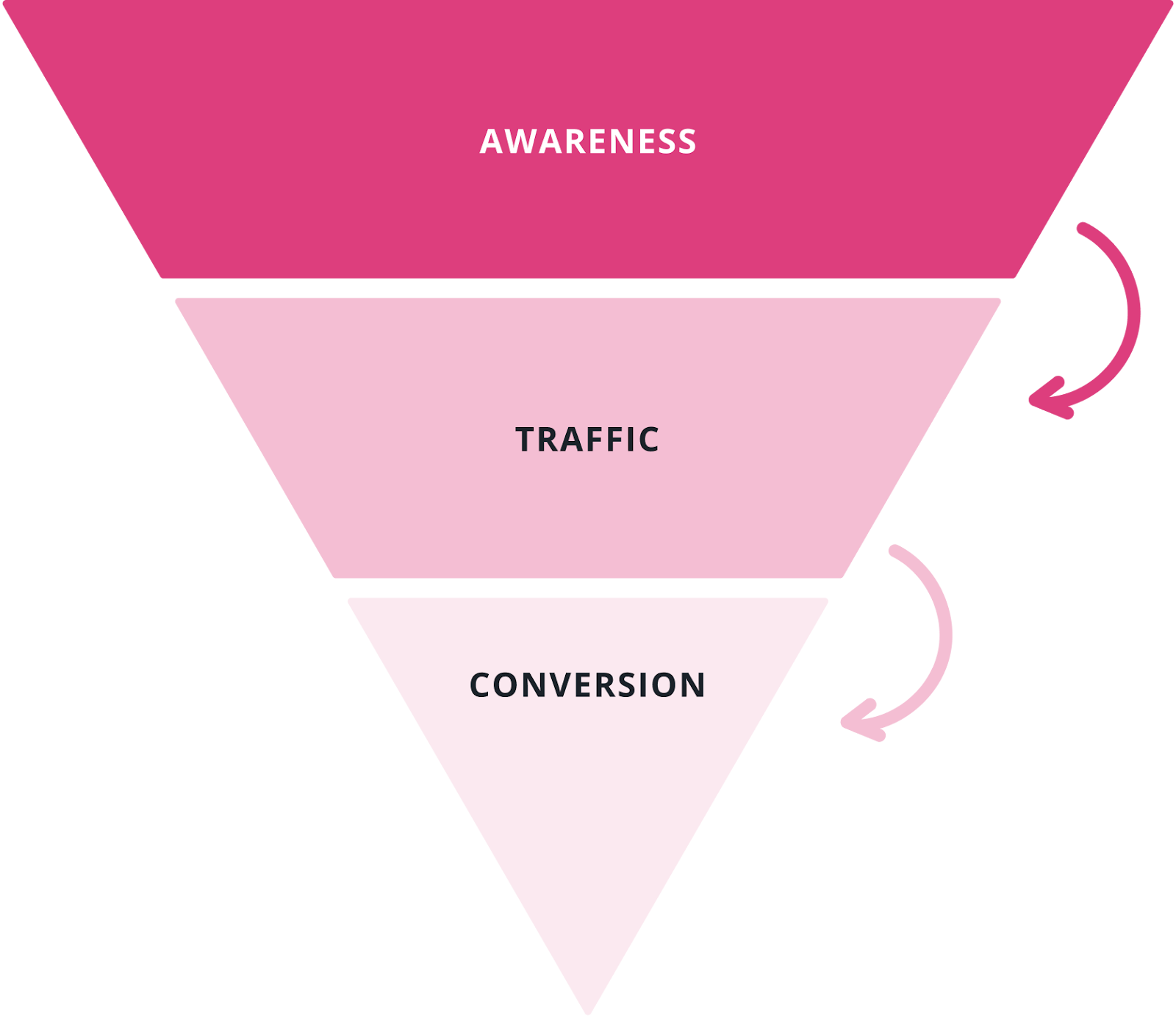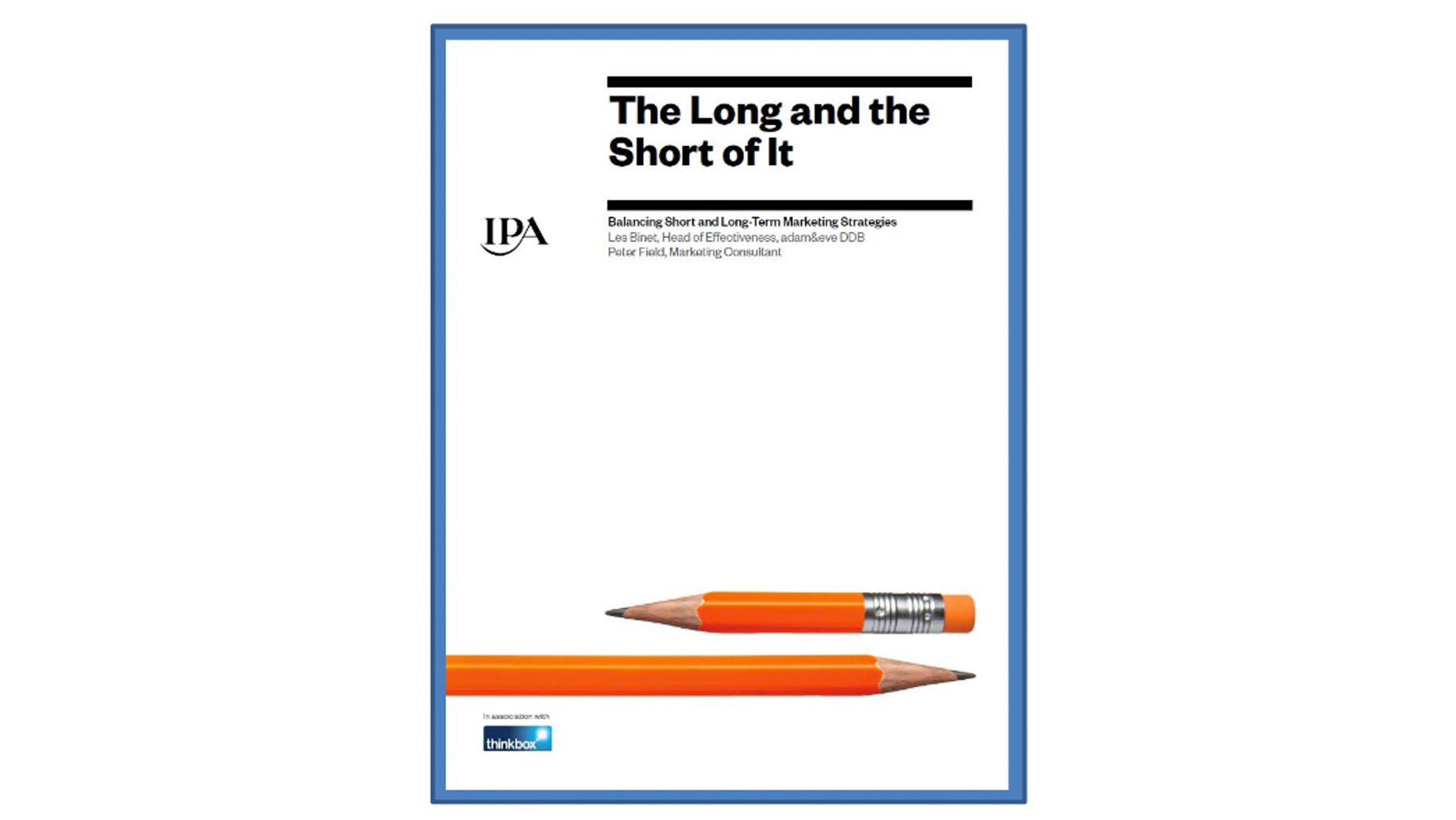Interview multiple candidates
Lorem ipsum dolor sit amet, consectetur adipiscing elit proin mi pellentesque lorem turpis feugiat non sed sed sed aliquam lectus sodales gravida turpis maassa odio faucibus accumsan turpis nulla tellus purus ut cursus lorem in pellentesque risus turpis eget quam eu nunc sed diam.
Search for the right experience
Lorem ipsum dolor sit amet, consectetur adipiscing elit proin mi pellentesque lorem turpis feugiat non sed sed sed aliquam lectus sodales gravida turpis maassa odio.
- Lorem ipsum dolor sit amet, consectetur adipiscing elit.
- Porttitor nibh est vulputate vitae sem vitae.
- Netus vestibulum dignissim scelerisque vitae.
- Amet tellus nisl risus lorem vulputate velit eget.
Ask for past work examples & results
Lorem ipsum dolor sit amet, consectetur adipiscing elit consectetur in proin mattis enim posuere maecenas non magna mauris, feugiat montes, porttitor eget nulla id id.
- Lorem ipsum dolor sit amet, consectetur adipiscing elit.
- Netus vestibulum dignissim scelerisque vitae.
- Porttitor nibh est vulputate vitae sem vitae.
- Amet tellus nisl risus lorem vulputate velit eget.
Vet candidates & ask for past references before hiring
Lorem ipsum dolor sit amet, consectetur adipiscing elit ut suspendisse convallis enim tincidunt nunc condimentum facilisi accumsan tempor donec dolor malesuada vestibulum in sed sed morbi accumsan tristique turpis vivamus non velit euismod.
“Lorem ipsum dolor sit amet, consectetur adipiscing elit nunc gravida purus urna, ipsum eu morbi in enim”
Once you hire them, give them access for all tools & resources for success
Lorem ipsum dolor sit amet, consectetur adipiscing elit ut suspendisse convallis enim tincidunt nunc condimentum facilisi accumsan tempor donec dolor malesuada vestibulum in sed sed morbi accumsan tristique turpis vivamus non velit euismod.
For all eCommerce businesses, there’s a perpetual challenge: one of sustained growth. While many brands initially experience a period of rapid success, they often hit a plateau, and the struggle to maintain momentum can lead to a damaging cycle of short-term tactics. This issue is what we call “The Long Problem.”
Every business needs cash, and sometimes businesses need cash fast. But marketing is just like any other business function - the only way you can achieve long term growth is by investing in the future.
It’s the difference between splurging on shiny gadgets for quick fixes versus investing in quality tools that stand the test of time. In this blog, we explore the contrast between these approaches and why your business needs a balanced toolkit of brand awareness and conversion-focused marketing to truly thrive.
The Misconception of Instant Gratification
Brands, especially in eCommerce, often get trapped in a cycle of instant revenue generation. It’s tempting to lean on short-term tactics like discounting or an aggressive Google ad spend. These quick fixes deliver immediate sales results, just like the adrenaline on that treadmill. For example, offering a huge discount via email once a week might boost sales quickly, but it can train your customers to wait for promotions and damage the long-term value of the brand.
This approach may seem sustainable in the short term, but it positions the brand as a discount-driven company. Customers can become conditioned to expect these offers, eroding brand perception and undermining profitability over time. The adrenaline of running at full pelt can feel amazing in the moment, but soon enough you’ll be burnt out.
Understanding Full-Funnel Marketing
The core issue many brands in this position face is not having a full-funnel marketing strategy. Effective marketing isn’t just about converting those at the bottom of the funnel, where consumers are already interested and ready to buy. It’s about building a strong foundation of brand awareness that drives long-term growth and capturing fresh new audiences ready to become future converting customers.
A well-developed marketing funnel should encompass:
Top-of-Funnel Awareness: Emotive campaigns that introduce your brand to new audiences who may not be familiar with your products or services.
Middle-of-Funnel Engagement: Efforts to educate and engage potential customers, building a connection and nurturing interest.
Bottom-of-Funnel Conversion: Focused efforts to convert warm leads into paying customers.

Skipping the top and middle of the funnel in favour of bottom-of-the-funnel tactics means missing out on significant opportunities for brand growth..
The Discount Addiction
Like any quick fix, too much can lead to an addiction. When brands gets trapped in the cycle of salesy tactics to generate immediate conversions, they harm their future potential. The tendency to discount aggressively is especially common in businesses that prioritise short-term wins over long-term brand equity. But as time passes, this strategy becomes less effective, and competitors who’ve invested in full-funnel marketing can start eating into your market share.
Investing in brand-building activities may not yield immediate results in the same way, but it pays dividends over time. By focusing only on short-term gains, you risk stalling your growth and becoming just another brand fighting a price war on platforms like Google. It’s time to get out of the trenches.
The Impact of Brand Awareness
Top-of-funnel activities, including brand awareness initiatives on paid social, organic social and above the line advertising (like radio or podcast ads) are crucial in warming up an audience. People may see your ad several times before they are ready to convert, sometimes taking months to make a purchasing decision. While this can be a tough pill to swallow for those who are used to instant returns, as the funnel shows us, investing in brand awareness leads to increased traffic, and an audience who’ll keep your brand in mind for the next time they’ll likely need to make a relevant purchase.
The Case for Long-Term Investment
The concept of “The Long Problem” comes from research in The Long and Short of It by Les Binet and Peter Field. They found that the fastest-growing brands balance short-term sales activation with long-term brand building. These successful companies invest significantly in brand awareness activities, often dedicating as much as 50% to 70% of their marketing budget to top-of-funnel initiatives.

This strategy ensures that when potential customers are ready to buy, the brand is already in their minds. It also means that when competitors try to enter the market, the established brand has a stronger footing, with loyal customers and higher brand recall.
Overcoming the Plateau
For many businesses like yours, the initial phase of growth comes from satisfying existing market demand. However, once that demand is met, growth naturally slows. Without long-term investment, brands hit a point of diminishing returns, and panic sets in. Discounting increases, ad spend becomes more aggressive, and profit margins shrink - all because the foundational work of brand building was neglected.
On the other hand, brands that plan for the long term can withstand competition and continue to grow. These brands recognise that someone who sees their ad today may not convert immediately but could become a loyal customer in the future. And loyalty pays.
Building a Long-Term Strategy
Successfully navigating “The Long Problem” means understanding the importance of shifting focus from purely conversion-driven activity to a more balanced, full-funnel approach. In the early years of your business, you may allocate most of your budget to conversions, but as you grow, you’ll invest in loyalty programs, CRM, and top-of-funnel brand awareness.
This investment in long-term growth pays off. It creates a flywheel effect, making bottom-of-funnel conversions cheaper and easier because the brand is already well-known and trusted. Ultimately, it’s a strategic investment in your brand’s future.
Conclusion
Addressing “The Long Problem” requires a willingness to think beyond short-term results. By understanding the balance between immediate conversions and long-term brand awareness, you can set your brand up for ongoing success and become an industry leader.
It’s like building a skyscraper instead of lots of little sandcastles. The sandcastles might be easy to make, but they’ll wash away with the tide. A skyscraper? That’s a legacy that stands tall for years to come.
Marketing is a marathon, not a sprint. Invest in building your brand, and the rewards will be far greater than any short-term discount campaign.
Block Quote









